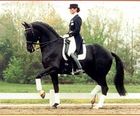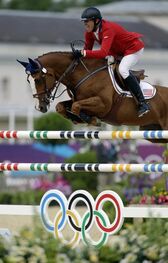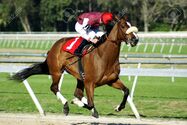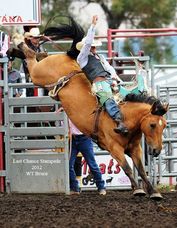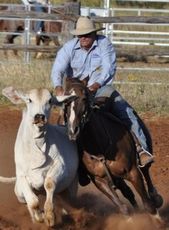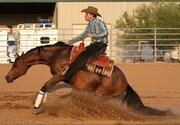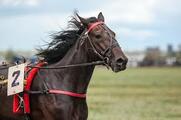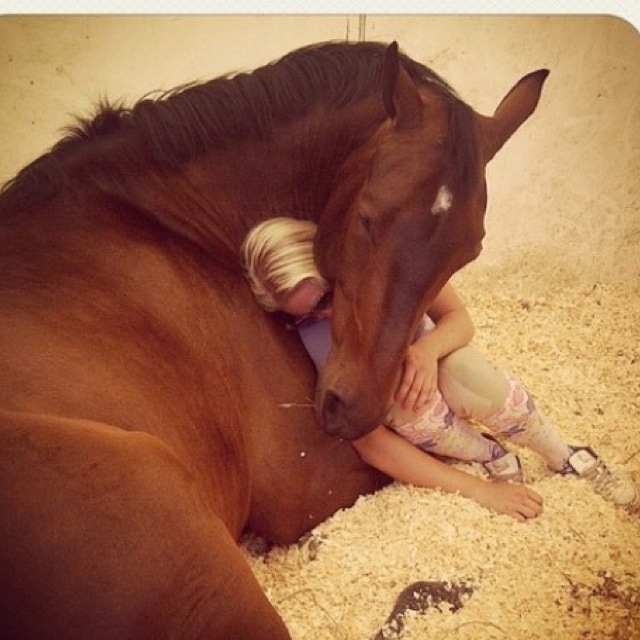Equine Muscle Release Therapy
|
EMRT is a non-invasive soft tissue therapy for horses that allows the gentle release of muscle groups and stimulates all body systems. It involves a sequence of gentle yet dynamic moves across muscle fibres, interspersed with pauses in the treatment. The moves stimulate the brain and nervous system to initiate a holistic healing response, and the rest periods allow the body to fully respond to each series of moves. This results in a reprogramming of the body to its normal state.
In this way EMRT provides relief from pain and stress, leading to faster recovery times, increased performance and longevity, greater comfort as well as happier horses that are more willing and have a more positive attitude. |
|
Conditions that respond well to EMRT include:
|
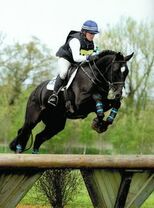
|
Please ensure, for the welfare of your horse, that any therapy you consider for your horse is conducted by a certified and qualified practitioner who has undergone specialised and recognised animal training. Horses are designed to move on four legs, and humans are designed to move on two legs, therefore the musculoskeletal system is intrinsically different. This means that the human Bowen technique cannot be suitably transposed to a horse.
Call Prue to find out more information or to arrange an appointment. |

